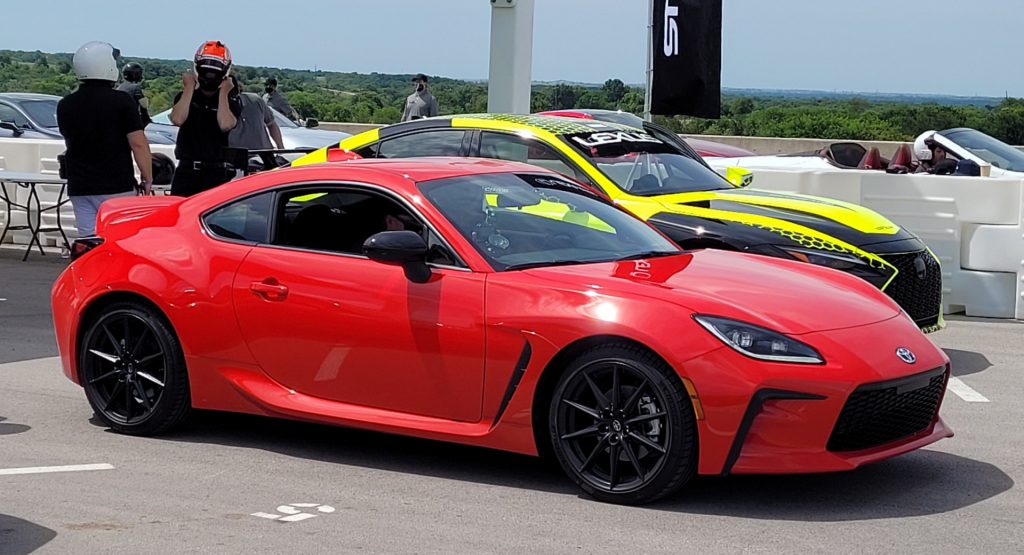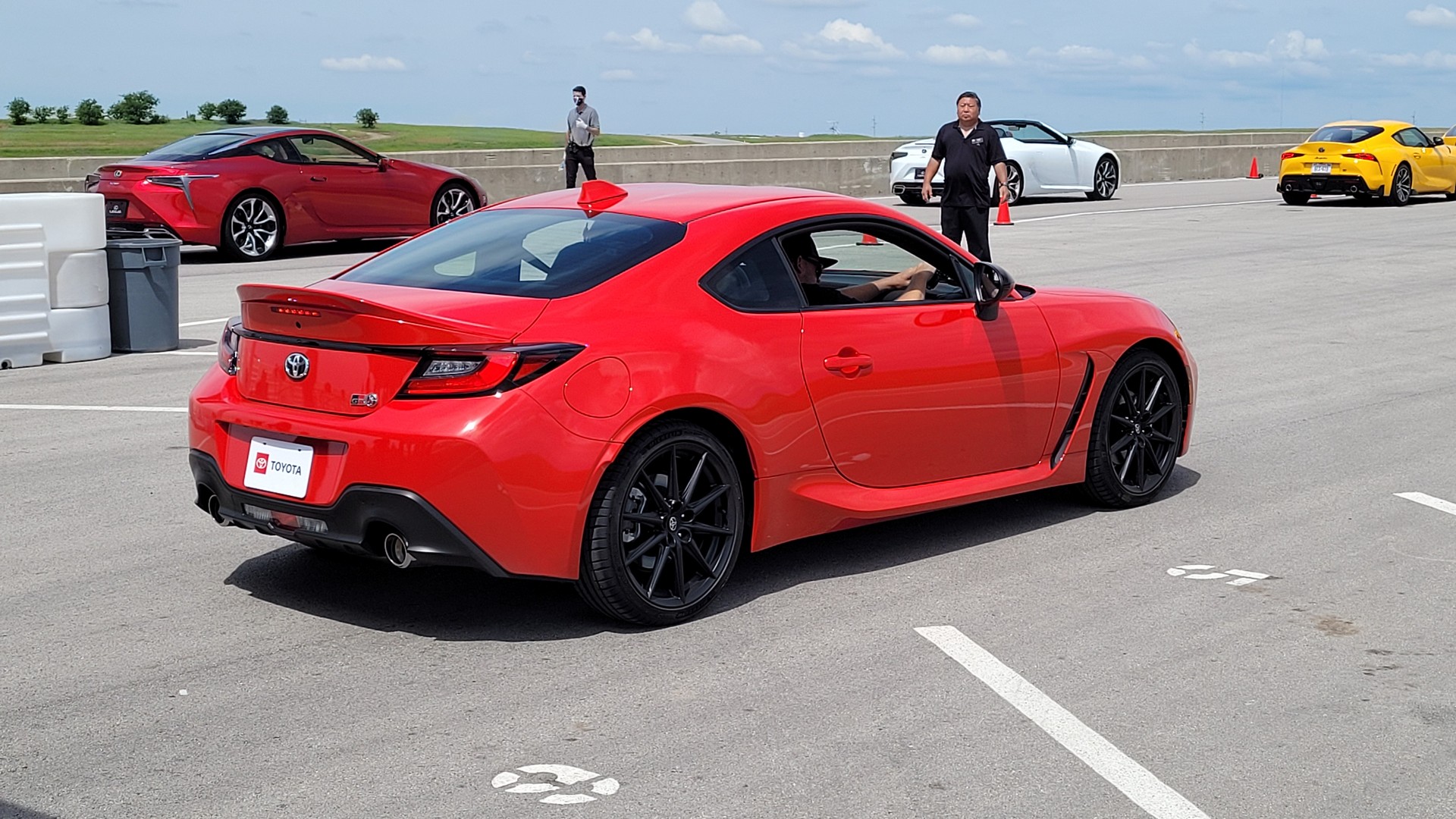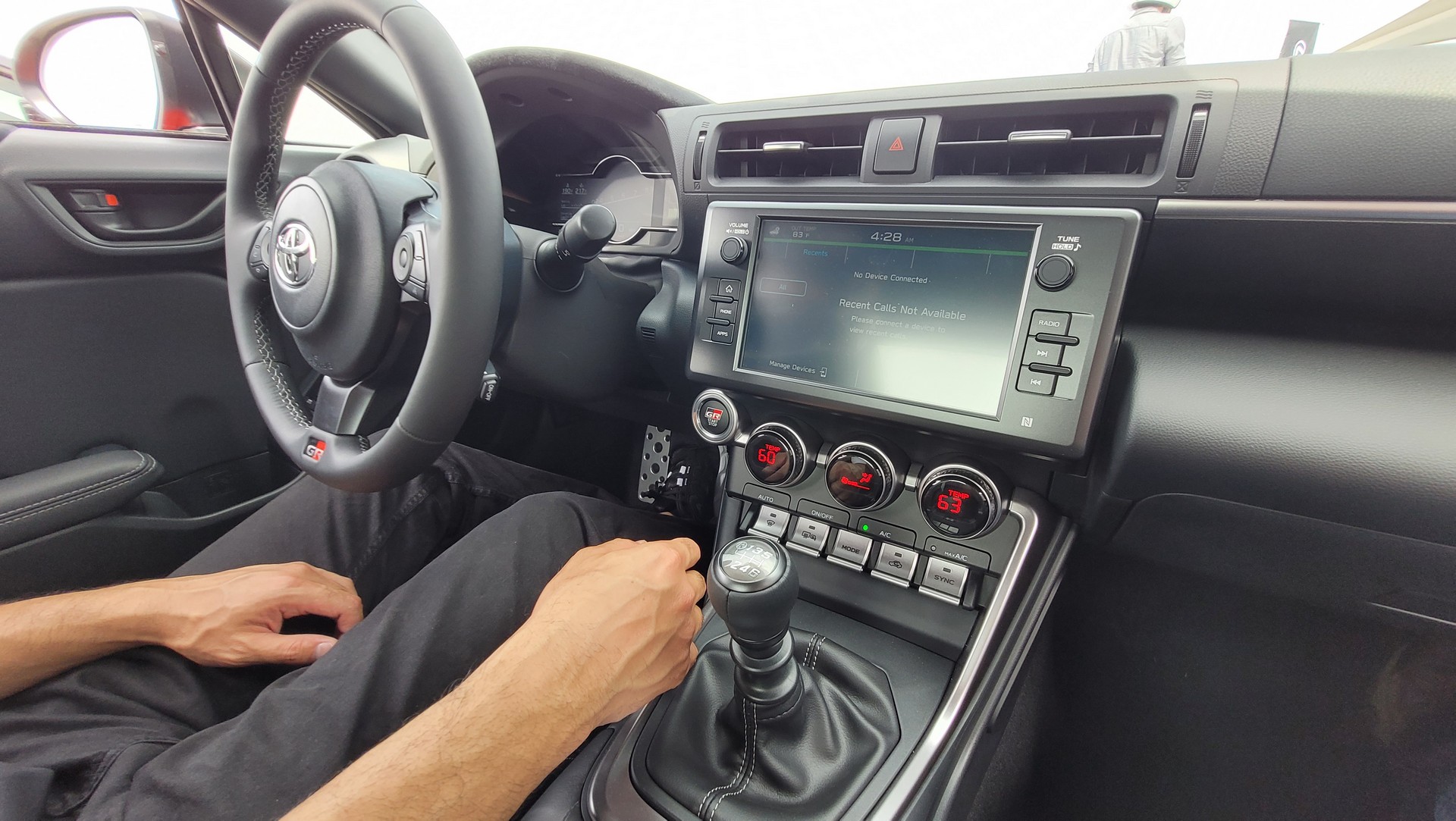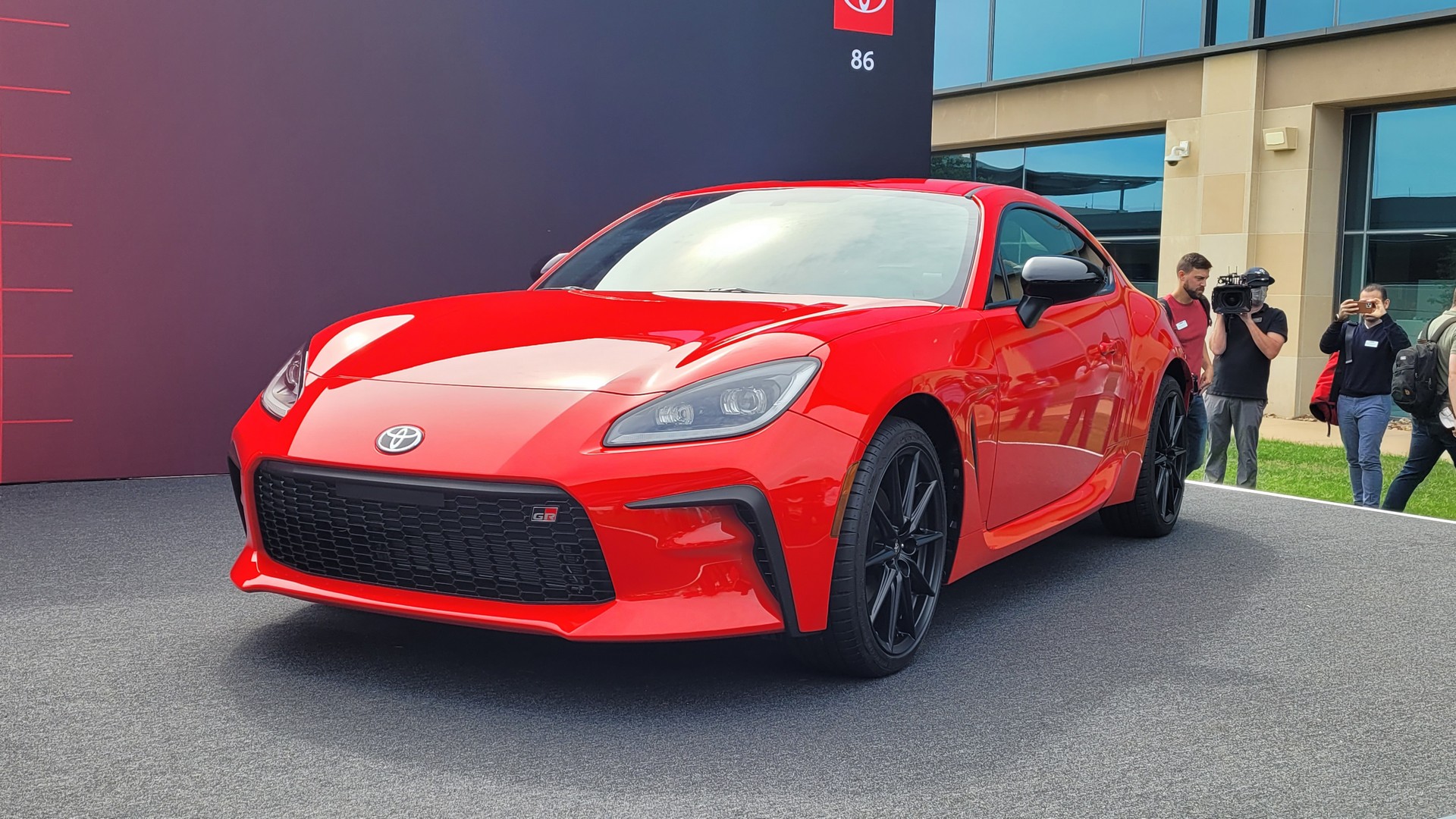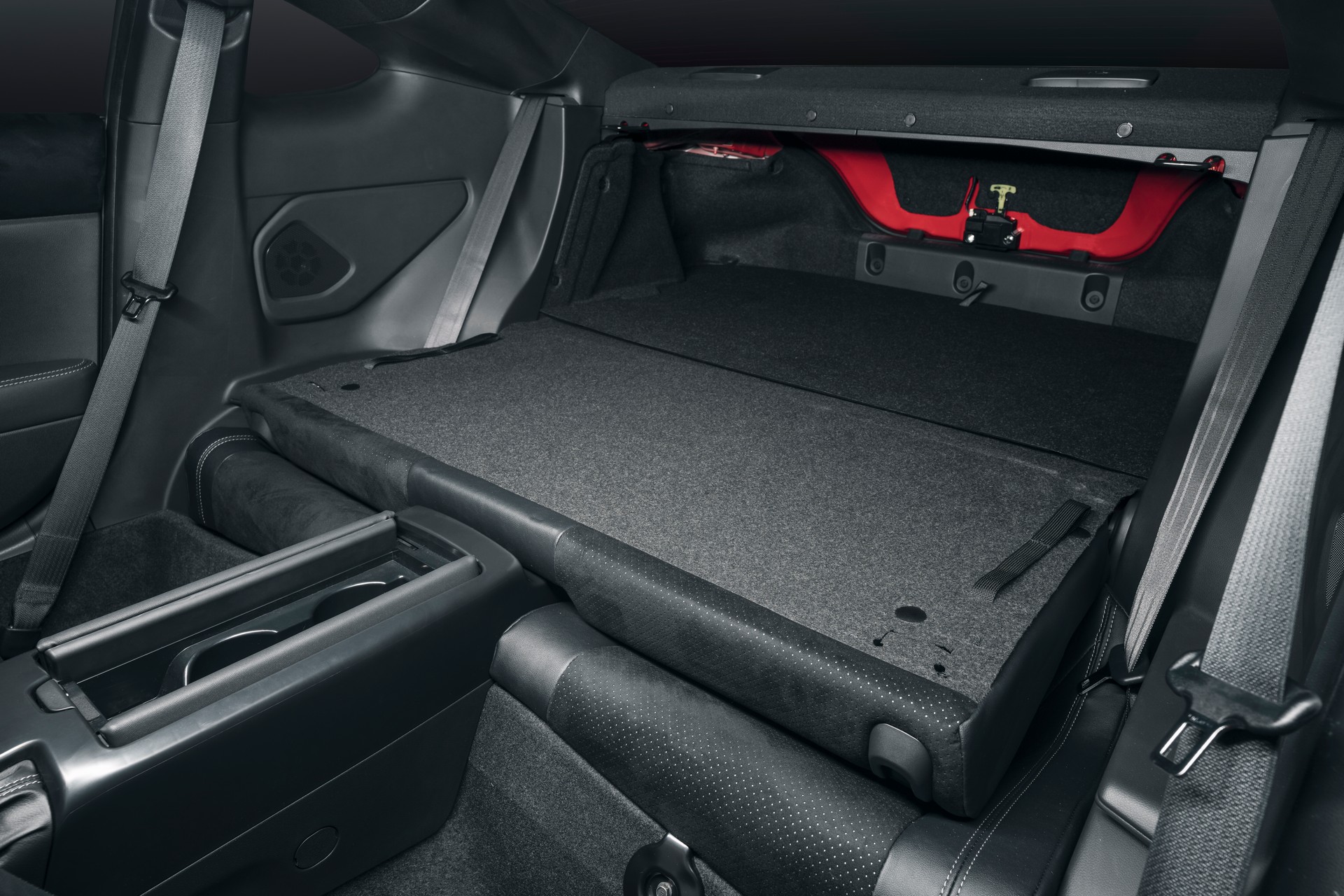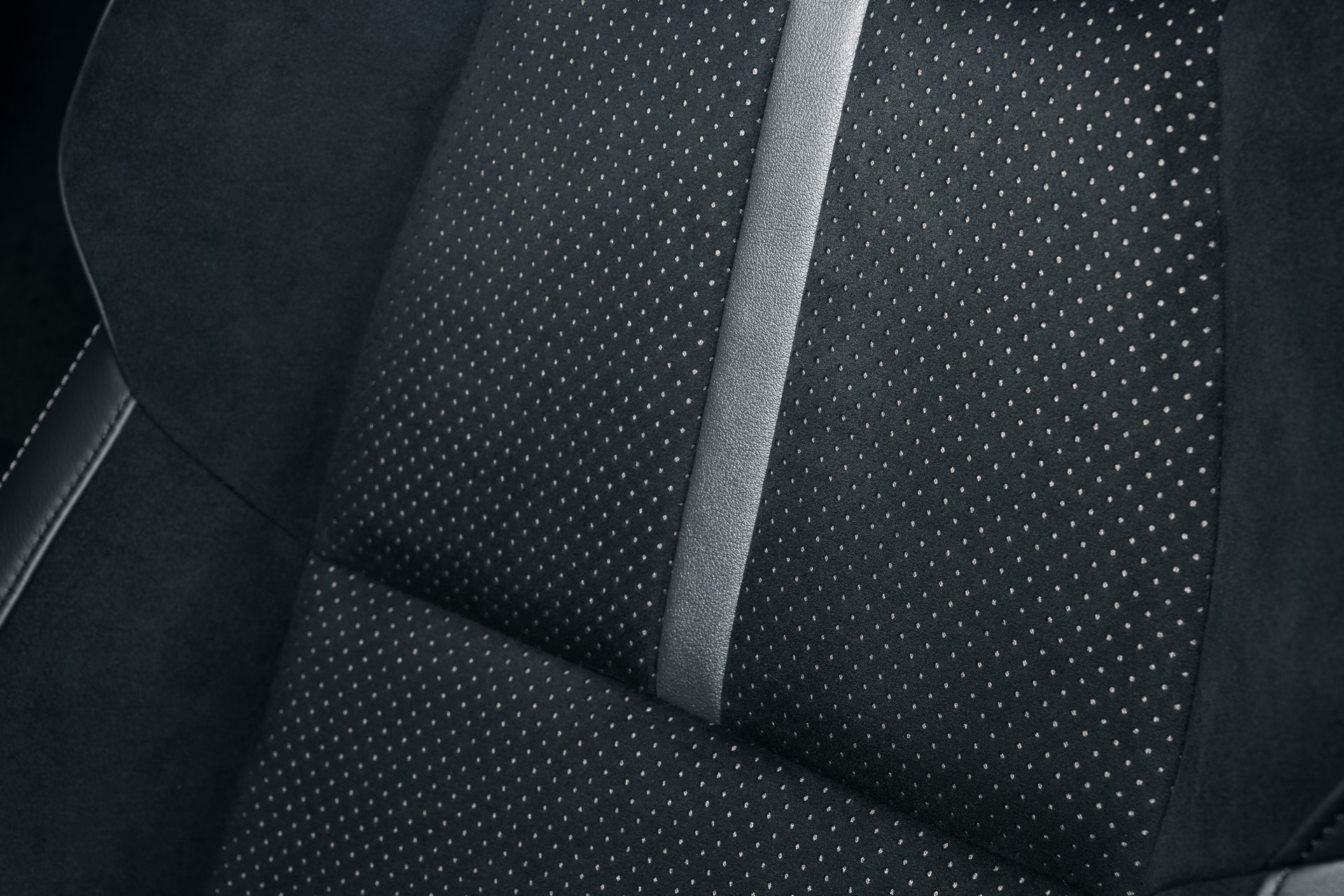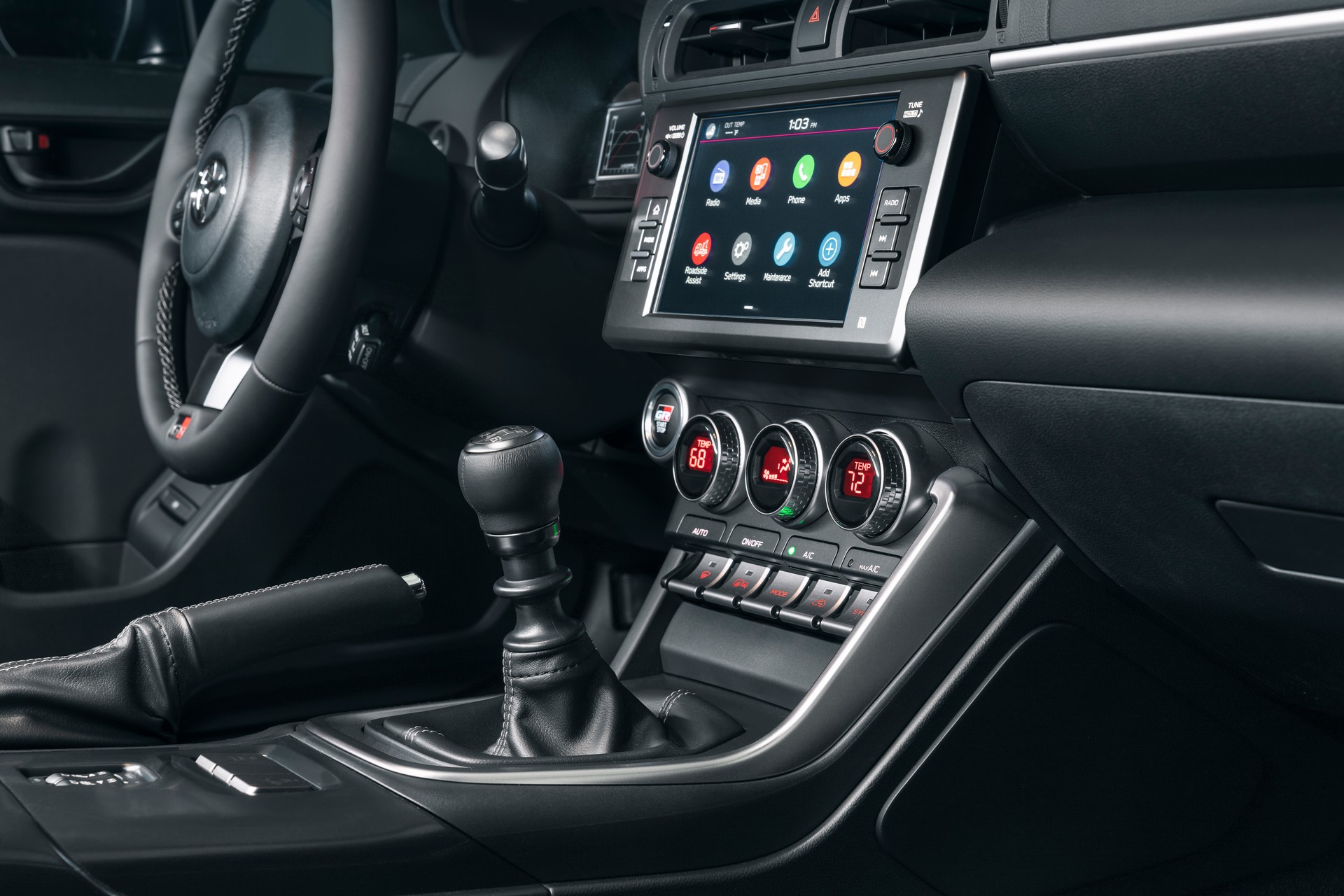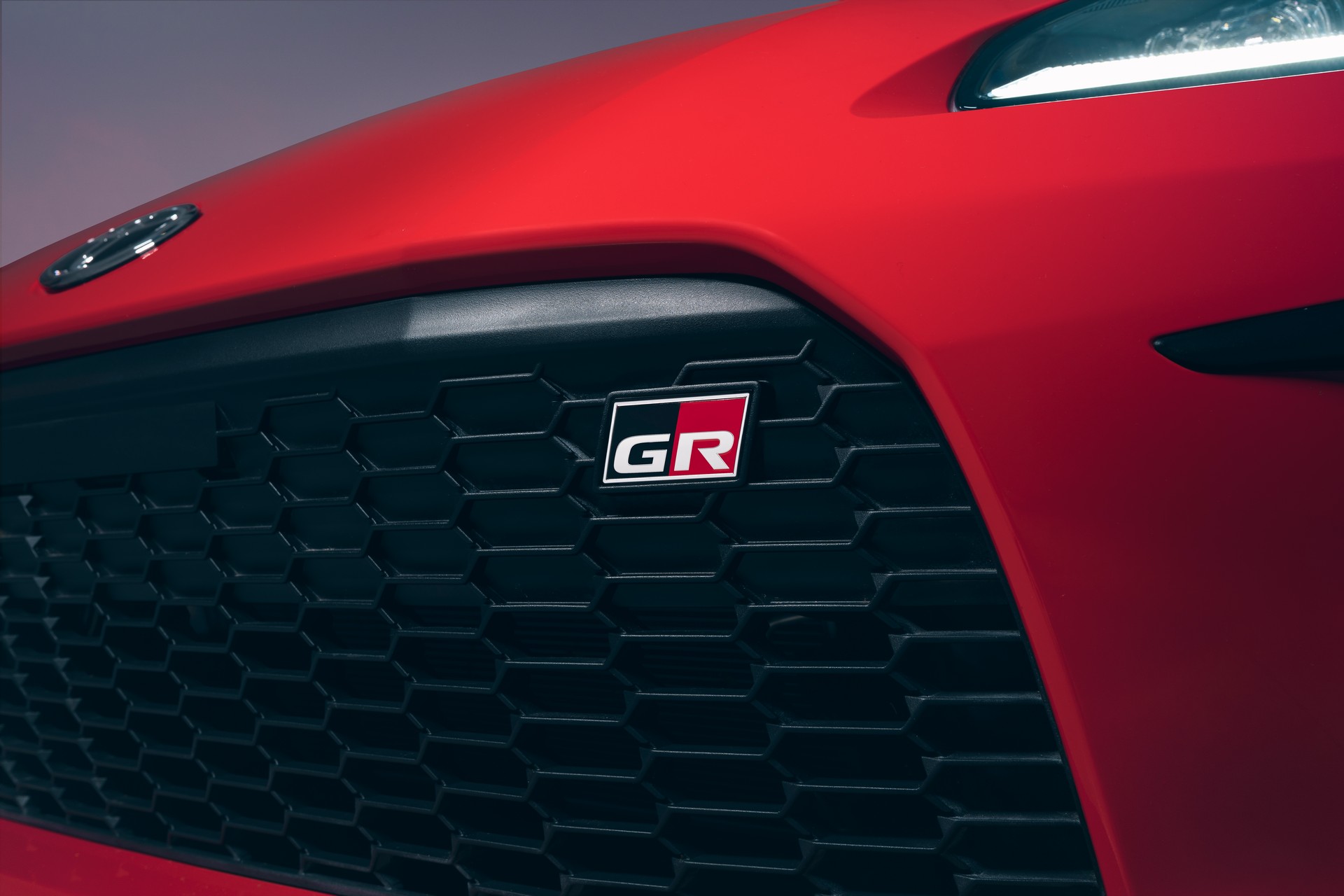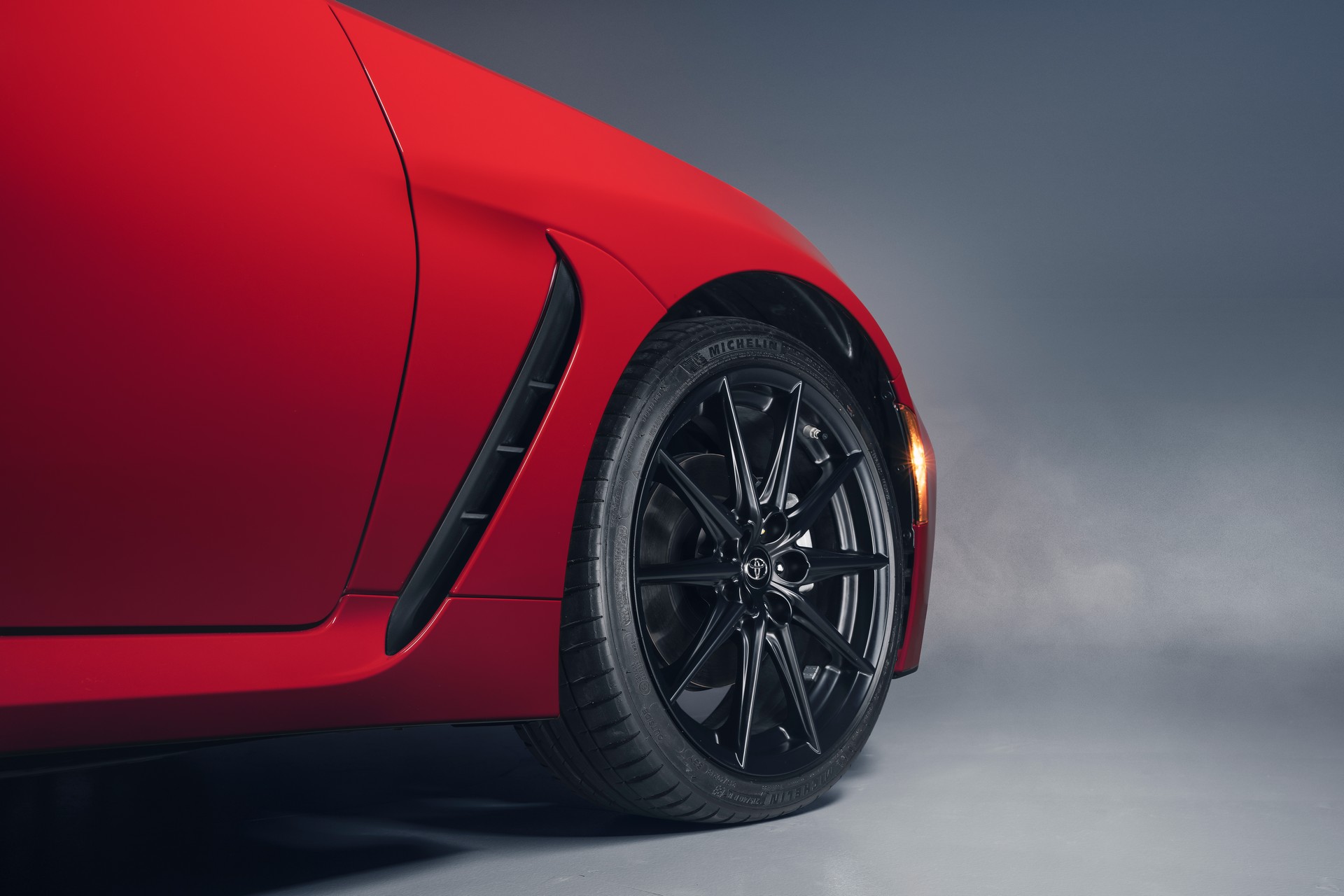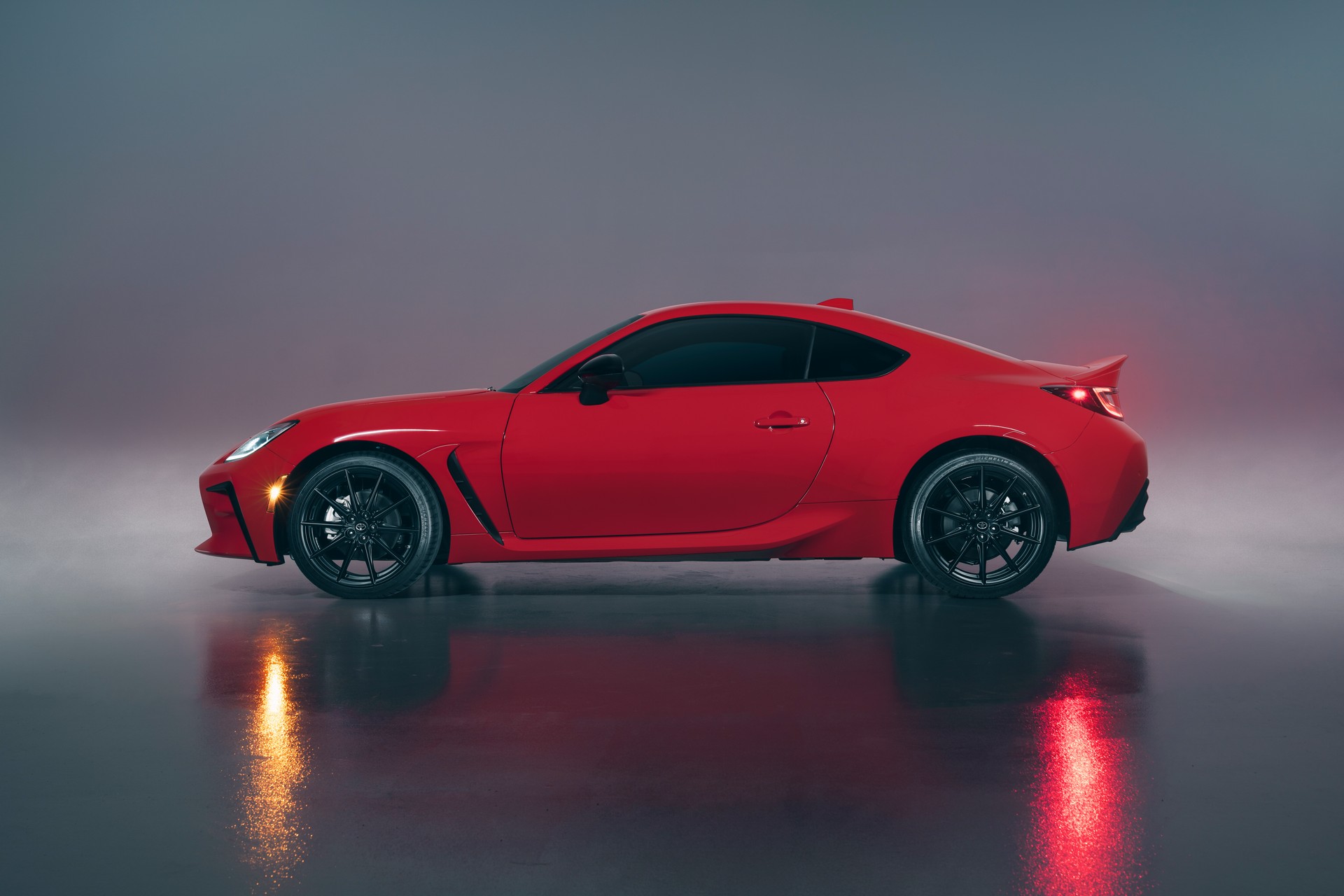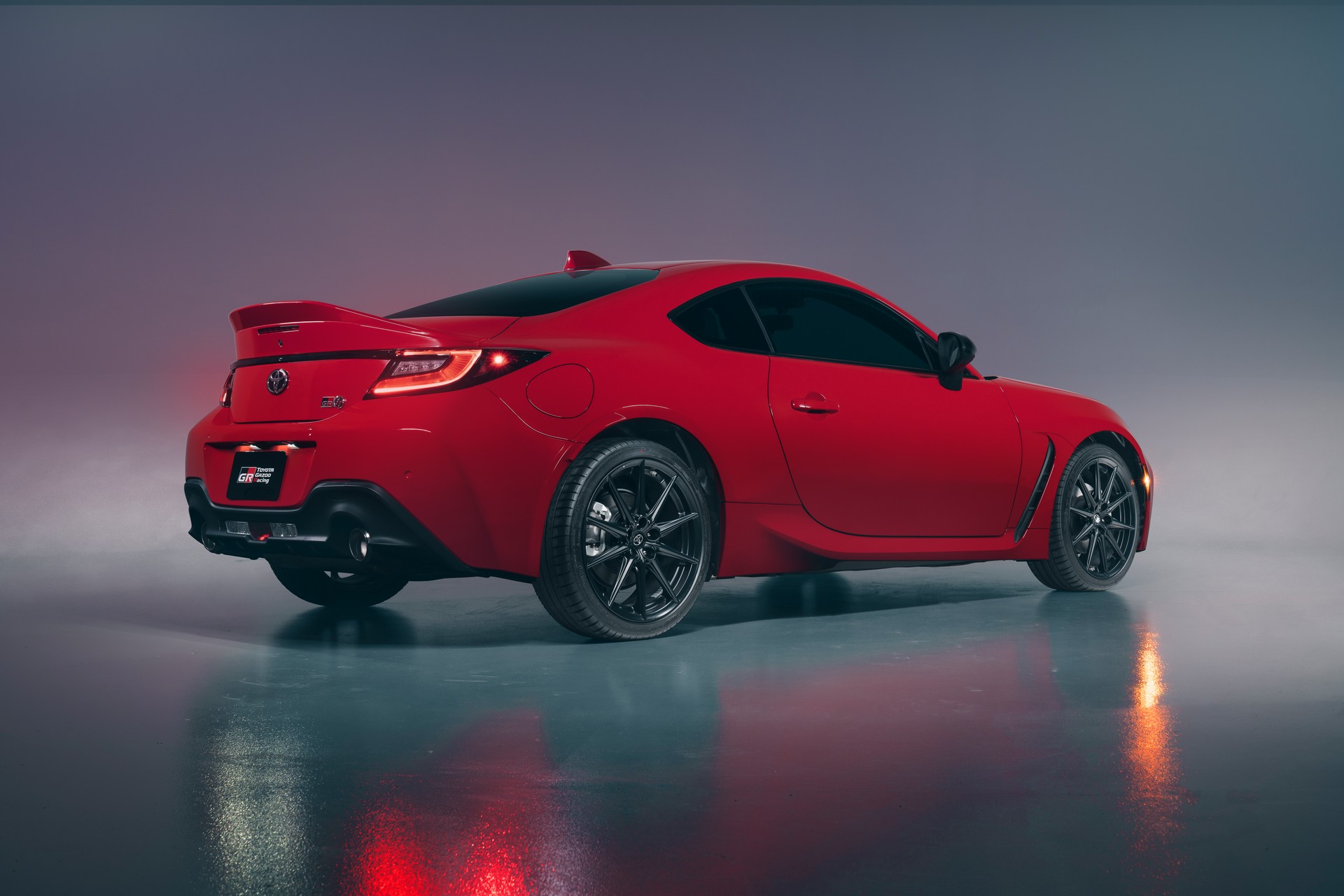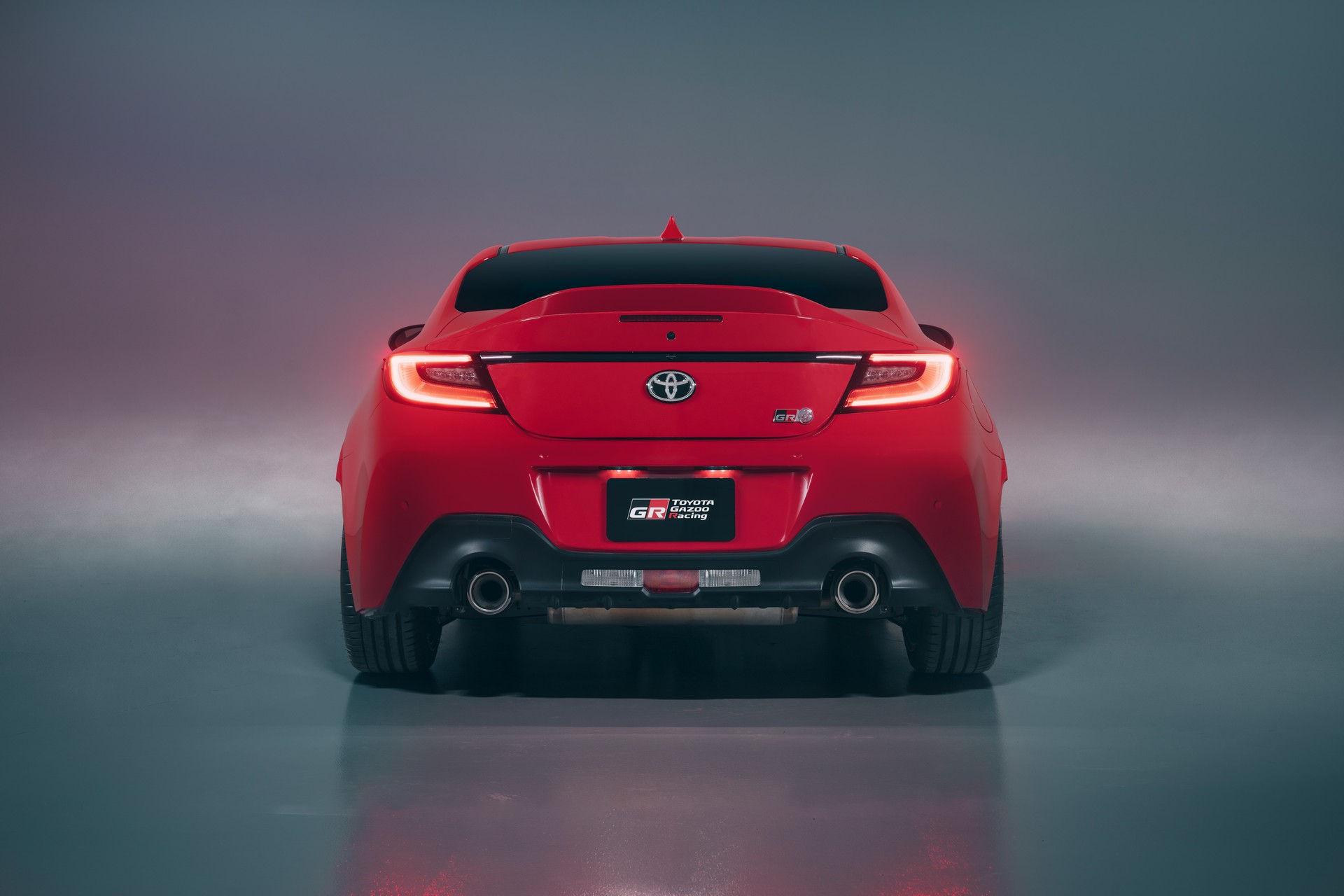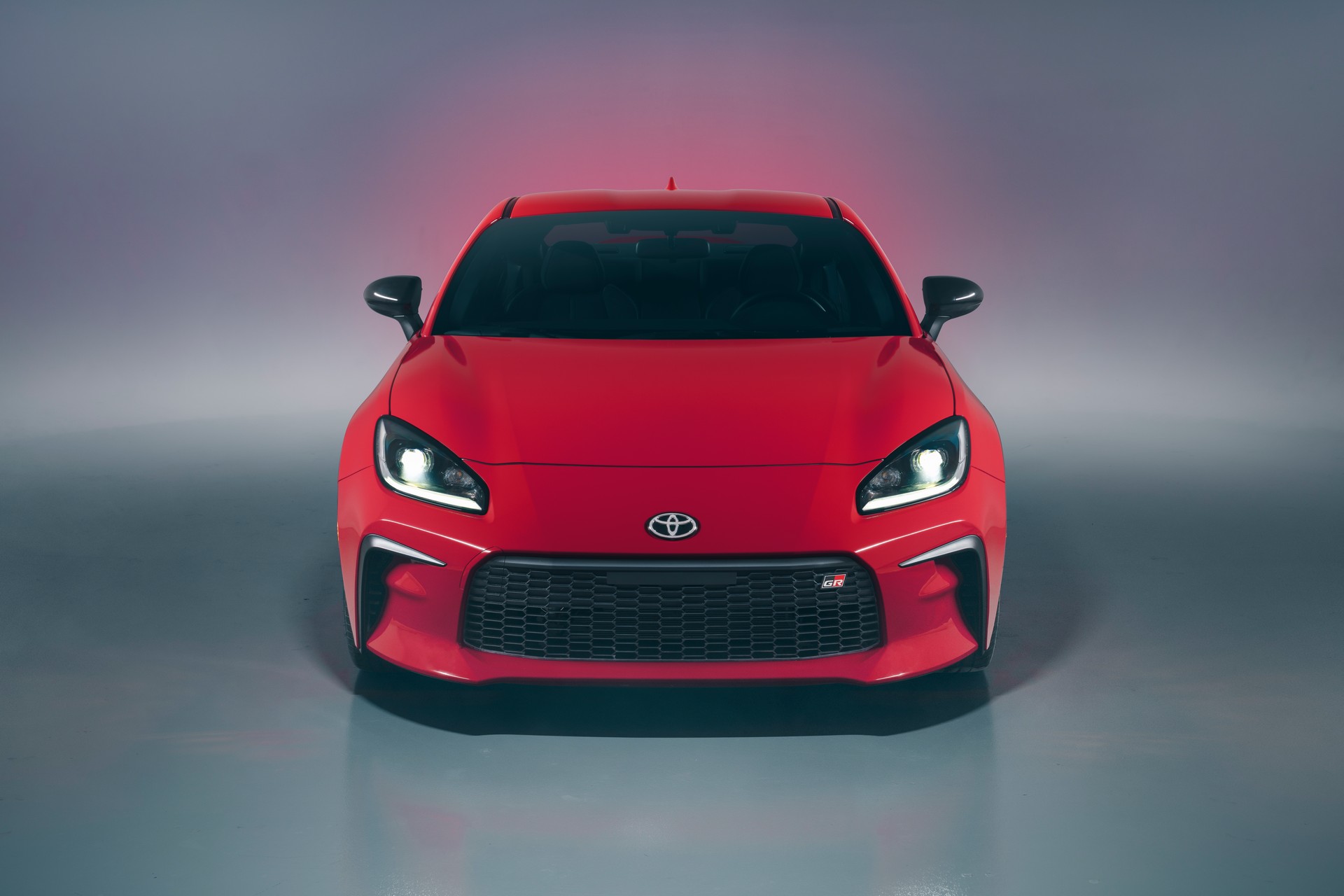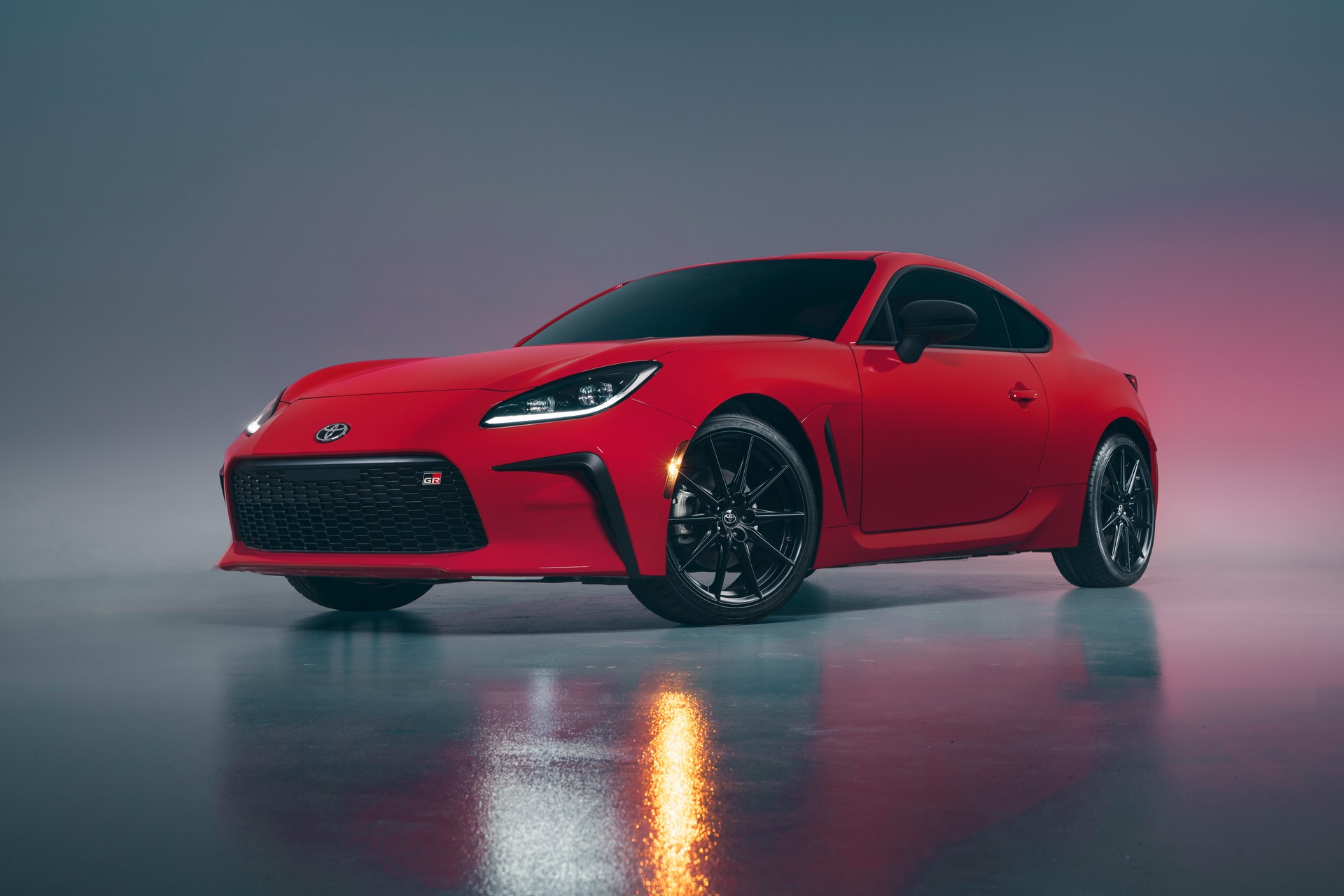The Toyota 86 has used a variety of names over the years, but the redesigned 2022 model builds on the legacy of its predecessors and brings plenty of new things to the table.
While we weren’t able to get behind the wheel ourselves, we rode shotgun while a professional racing driver took us on a hot lap of Eagles Canyon Raceway in Decatur, Texas. The experience gave us a few new insights into the highly anticipated sports car and clearly demonstrated its potential on the track.
Also Read: 2022 Toyota GR 86 Lands In America With More Power And Sleeker Styling
Right away the car feels instantly familiar, despite featuring an all-new design. Part of this can be chalked up to nearly identical dimensions as the GR 86 measures 167.9 inches (4265 mm) long, 69.9 inches (1775 mm) wide and 51.6 inches (1311 mm) tall with a wheelbase that spans 101.4 inches (2576 mm). This makes it 1.2 inches (30 mm) longer than its predecessor with only an extra 0.2 inches (5 mm) located between the wheels. The model is also 0.4 inches (10 mm) lower than before, while its width is unchanged.
Getting back to the design, the GR 86 looks great and incorporates functional vents as well as weight saving aluminum in the fenders and roof. The latter helps it weigh approximately 2,800 lbs (1270 kg), which is on par with the 2020 86 which tipped the scales at 2,776 lbs (1259 kg) to 2,841 lbs (1289 kg) depending on the version.
A Classier And More High-Tech Interior
One of the weakest points of the old 86 was its interior, but Toyota has improved things for 2022. While the overall look is familiar, the GR 86 features an all-new dashboard which eschews the upholstered accent used on its predecessor.
Drivers will also find higher quality switchgear, classier air vents, and a larger 8-inch infotainment system. Moreover, the analog gauges have been replaced by a 7-inch digital instrument cluster which changes depending on the selected driving mode.
While we only got to check out the interior for a few minutes, it seems like a nice improvement over the previous 86. That’s certainly true of the range-topping GR 86 Premium which has leather and Alcantara upholstery as well as contrasting silver accents. Other highlights include aluminum pedals, leather touchpoints and an upgraded audio system.
If You Want A Turbo, Get A Supra
We can’t talk about driving impressions, but Toyota officials addressed the one question that fans have been asking ever since the coupe debuted in April: why doesn’t the GR 86 have a turbo engine?
The answer isn’t much of a surprise as Toyota wanted the model to be aspirational but obtainable. The latter factored in heavily as adding a turbocharged engine would increase complexity and cost, which is the exact opposite of the GR 86’s mission of being an affordable, lightweight sports car.
Needless to say, Toyota offers the Supra with a turbocharged 2.0-liter four-cylinder engine. It develops 255 hp (190 kW / 259 PS) and 295 lb-ft (400 Nm) of torque, which gives it bragging rights over the 86’s naturally aspirated 2.4-liter boxer engine with 228 hp (170 kW / 231 PS) and 184 lb-ft (249 Nm) of torque.
That’s significantly less than the Supra and turbocharged four-cylinder versions of the Camaro and Mustang, but the 2022 GR 86’s engine features a larger displacement than its predecessor as well as changes to the intake and exhaust. Thanks to these modifications, the model has an extra 23 hp (17 kW / 23 PS) and 28 lb-ft (38 Nm) of torque.
That’s a modest gain, but the improvements are pretty noticeable on paper as the manual variant can accelerate from 0-60 mph (0-96 km/h) in 6.1 seconds which is an improvement of 0.9 seconds. Models equipped with the six-speed automatic are slower as the dash to 60 mph (96 km/h) takes 6.6 seconds, but even so that’s an impressive 1.4 second improvement over the old coupe.
Furthermore, the engine now produces its peak torque at 3,700 rpm instead of 6,600 rpm. This makes it more readily available and something that promises to improve the overall driving experience.
Given the similarities to the previous 86 and Scion FR-S, some people have assumed the GR 86 uses the same platform as its predecessor. Toyota dismissed this by saying the car rides on an all-new architecture, but does use some carryover components. The company didn’t go into specifics, but we’ll likely learn more later this year.
We’re looking forward to getting behind the wheel ourselves, but we have a wait ahead of us as the 2022 GR 86 won’t go on sale in the United States until the fourth quarter of this year.








